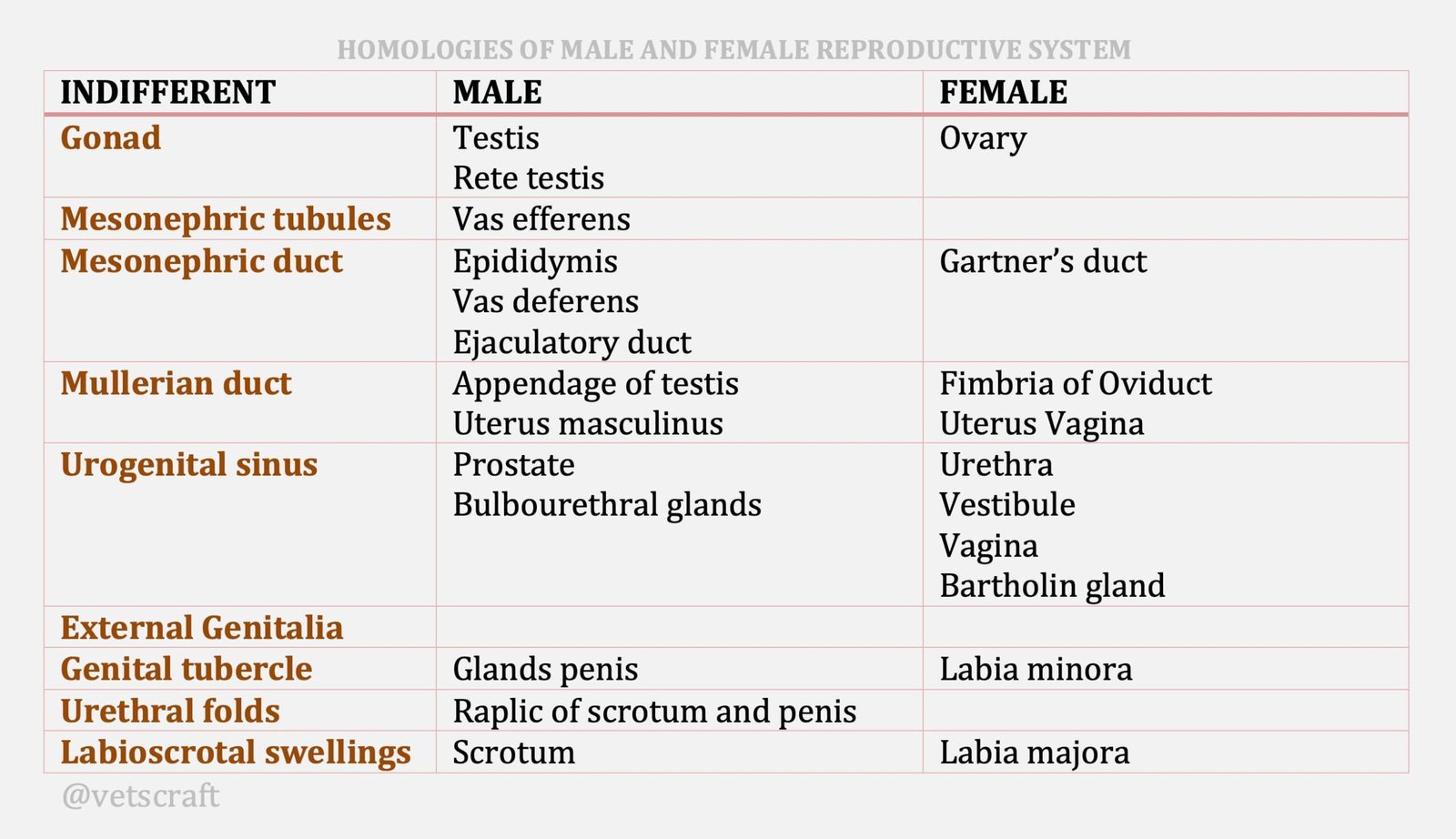TABLE OF CONTENTS
Galactostasis in Dogs and Cats
Galactostasis in dogs and cats is the excessive accumulation of milk in the mammary glands, concurrent with lack of excretion.
Galactostasis in dogs and cats may be associated with sterile or septic mastitis. It may also be noted post weaning or during pseudopregnancy.

Pathophysiology and Clinical Signs
- The engorgement of the gland(s) with residual milk causes mild to moderate inflammation, edema and discomfort.
- Insufficient nursing or inadequate removal of the secretions aggravates the condition.
- In lactating queens the cranial glands are more commonly affected.
- Unless secondary to acute septic mastitis, the animal shows no signs of systemic illness. If the condition persists, milk may become inspissted.
Diagnosis
- Galactostasis is most likely to occur in the pseudopregnant animal or when nursing young are abruptly weaned.
- In lactating dams an inverted, non-functional teats may be noted on the affected gland.
- It is a likely sequel to mastitis.
- Cytology of milk from affected gland(s) shows the following. Elevated WBC count (>3,000/µl) is not uncommon. Non degenerated neutrophils, macrophages and occasionally eosinophils occur in the absence of sepsis. Increased relative numbers of macrophages suggest a more chronic reaction. Phagocyticed fat droplets are frequently noted.
Treatment and Monitoring
First treat underlying septic mastitis when presented.
When secondary to abrupt weaning or pseudopregnancy, treat as follows:
- Apply cool compresses 10-15 minutes BID or TID.
- Do not encourage manual milking of glands, as it may cause additional milk production / letdown.
- In severe cases mild diuretics (frusemide) and glucocorticoids for 2-5 days may be beneficial.
- It is best prevented by gradual weaning of offspring simultaneous with a modest reduction in food intake.
Involvement of a single gland during lactation cells for the following. Attempt to evert inverted nipple. Encourage nursing or massage of affected gland. Apply cool compresses.

